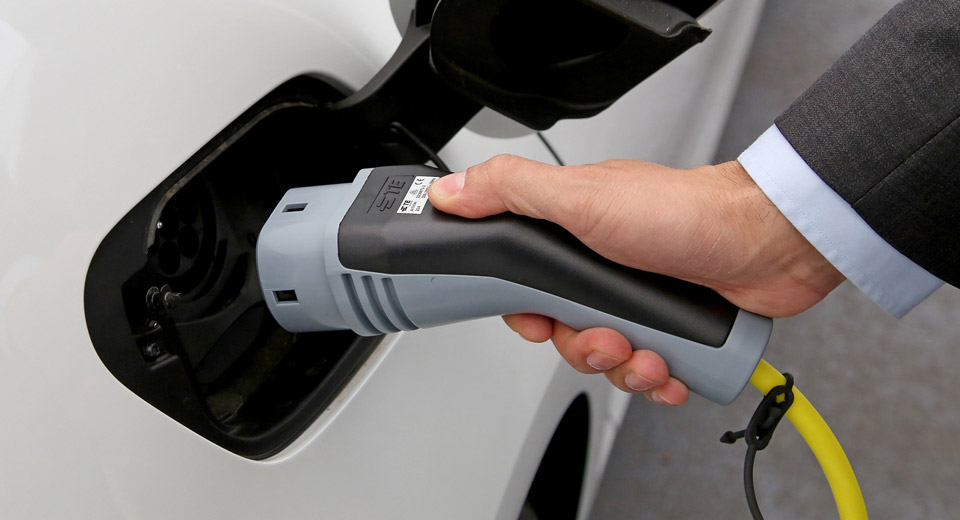Low range and long charging times are keeping most consumers away from electric vehicles, but this could very well change in the future with the lithium-oxygen battery technology.
Also known as lithium-air, the batteries promise for 5 to 15 times more efficiency over the current lithium-ion ones, but they have been kept aside by issues such as losing roughly a third of their energy as heat and not lasting long enough.
The study, led by Ju Li, professor of nuclear science and engineering at Battelle Energy Alliance and MIT, and his team of researchers is still undergoing, as they are looking into a new version of the technology that could eventually overcome these obstacles and make its way not only into the automotive industry but into smartphones and tablets too.
Outlined in Nature, quoted by Wired, their new approach refers to a “nanolithia cathode” battery, which is said to be more versatile than lithium-oxygen ones, which draw in air to cause a chemical reaction that is eventually released again to reverse the action and charge the battery. However, researchers found a way to get around this and it involves a method that doesn’t need to let oxygen return to its gaseous form.
“Instead, the oxygen stays inside the solid and transforms directly between its three redox states, while bound in the form of three different solid chemical compounds, Li2O, Li2O2, and LiO2, which are mixed together in the form of a glass. This reduces the voltage loss by a factor of five, from 1.2 volts to 0.24 volts, so only eight per cent of the electrical energy is turned to heat“, as the team wrote in their research paper.
If Ju Li’s team will eventually roll out this technology, then expect faster charging and more efficient batteries that have a longer life than the current lithium-ion models, which will be protected from overcharging by shifting to a different form.
After they renewed their provisional patent application, the researchers are considering producing a prototype within a year and making it available to manufacturers over the next 18 months, but they still have to overcome the biggest challenge yet – money, as the team is now seeking investors.













